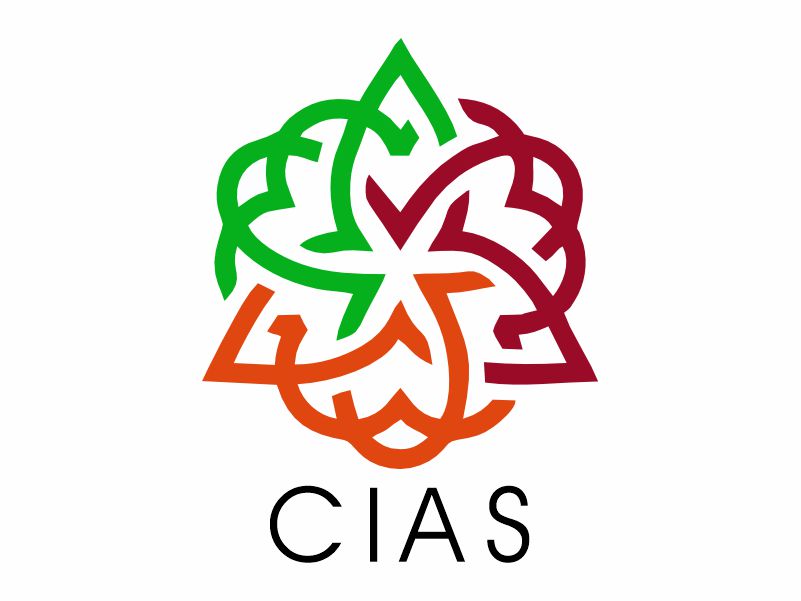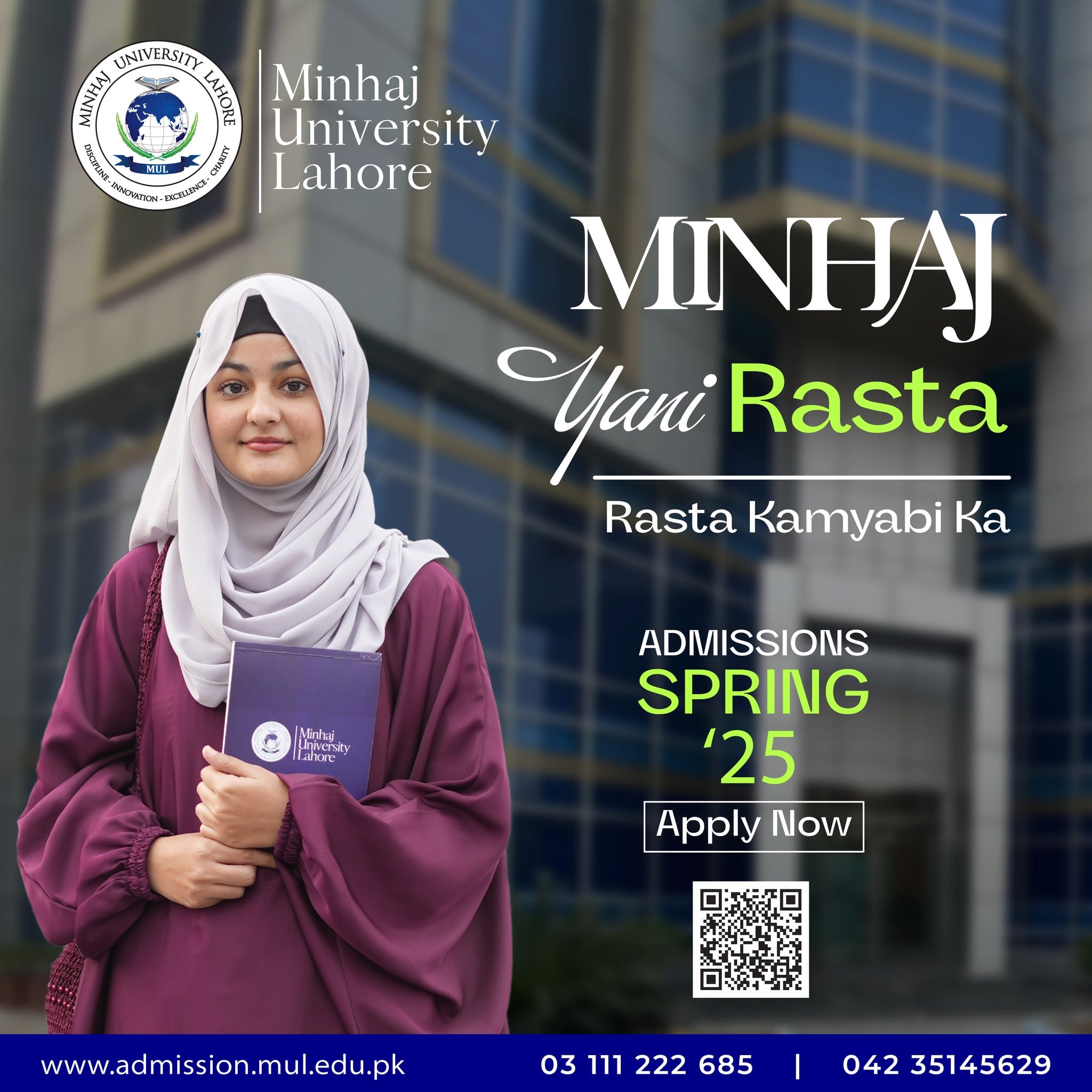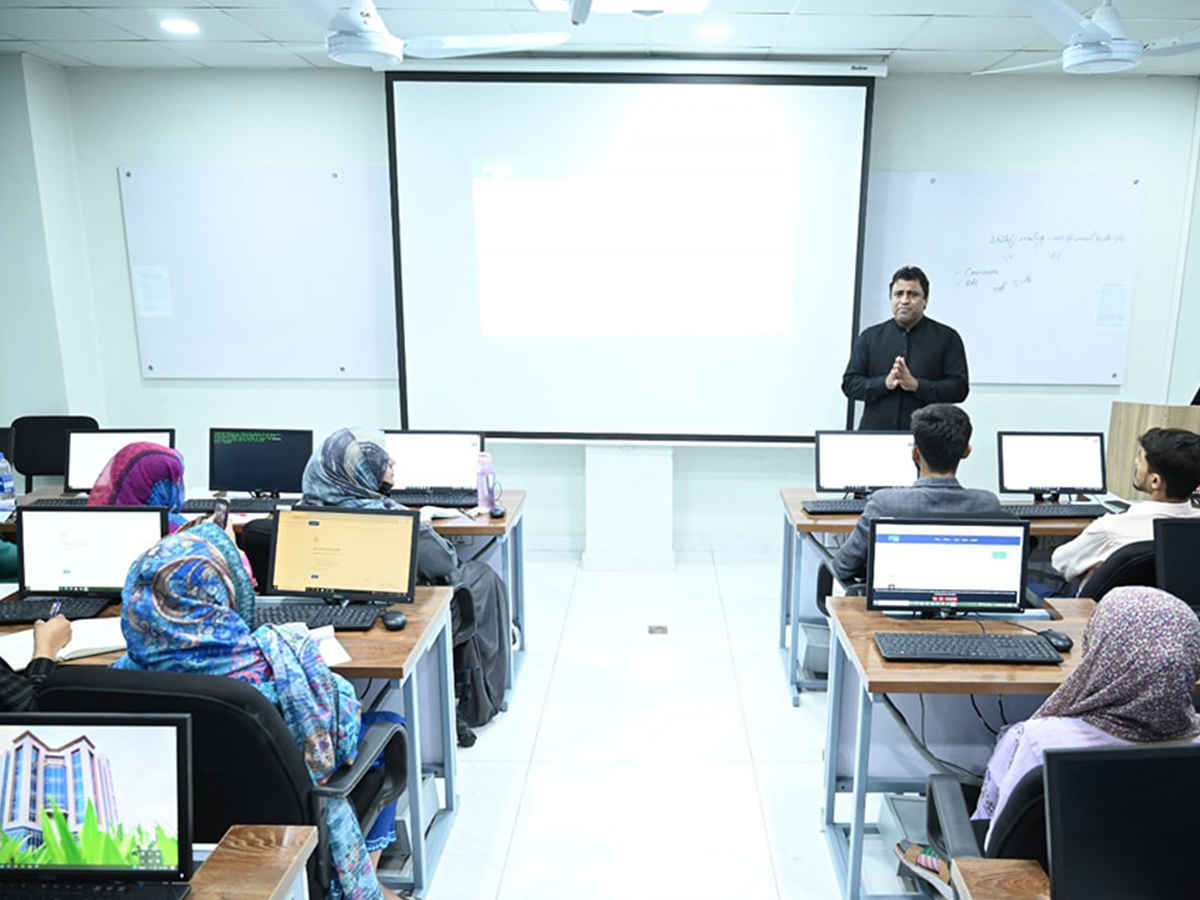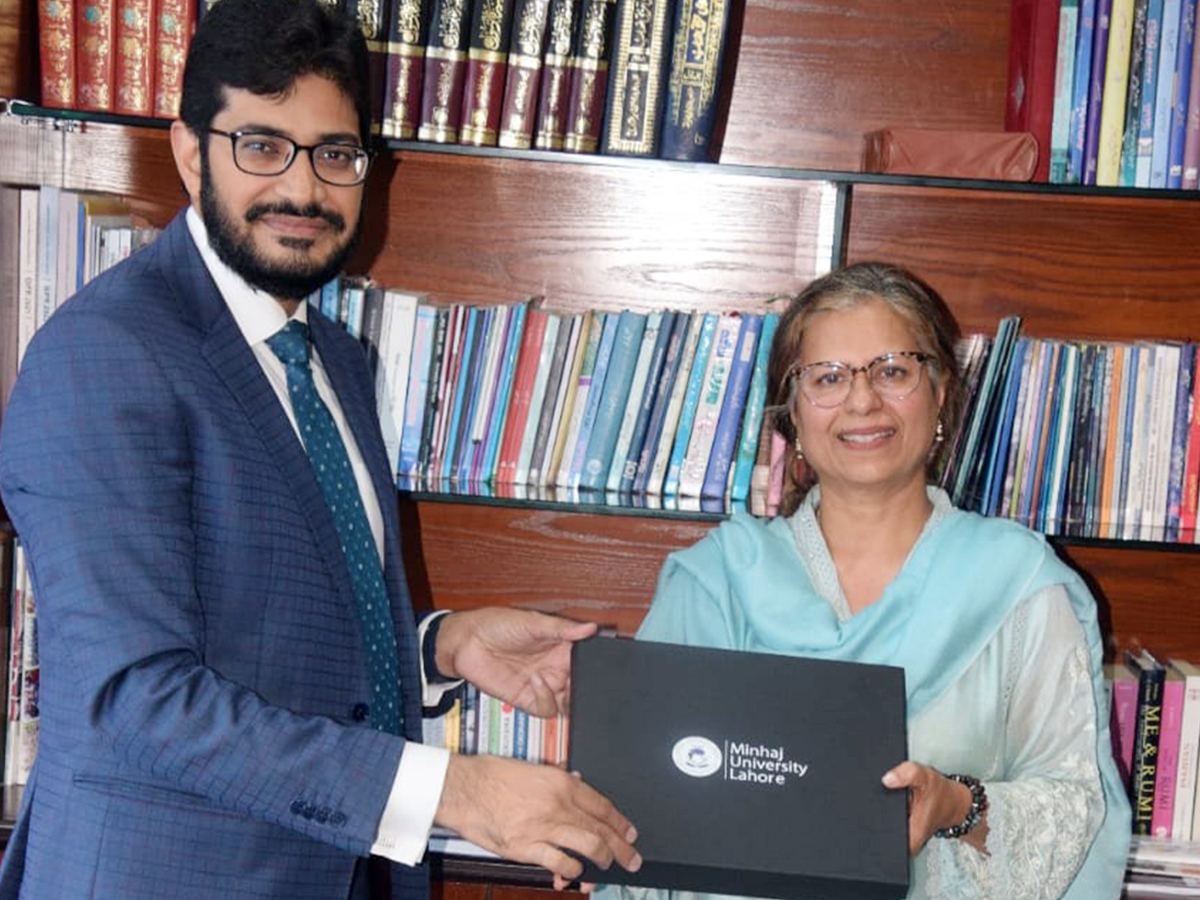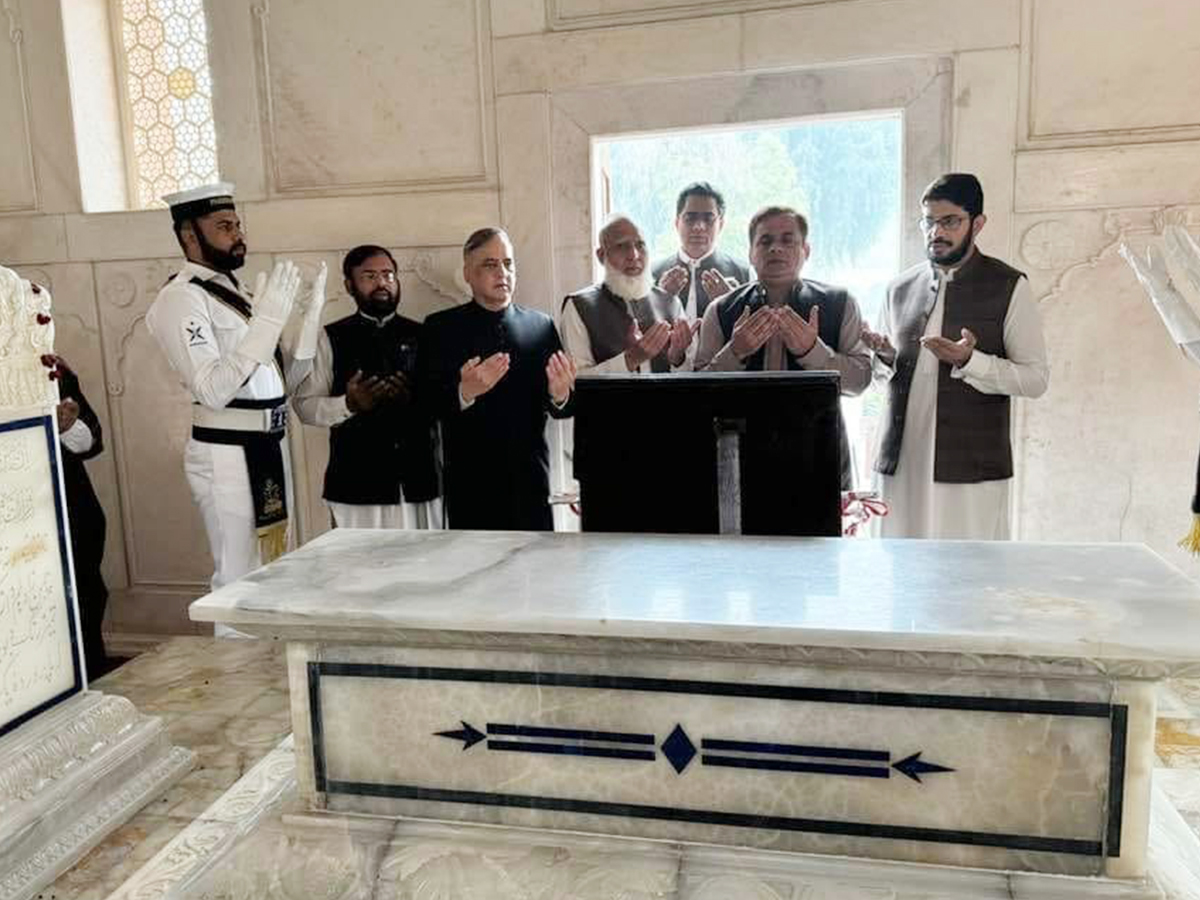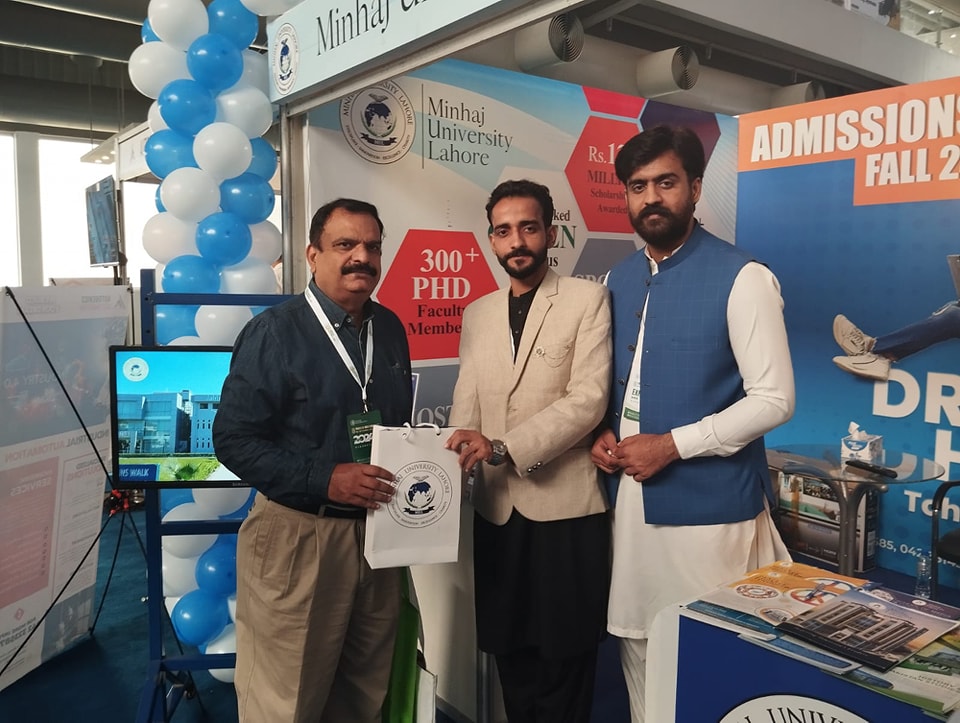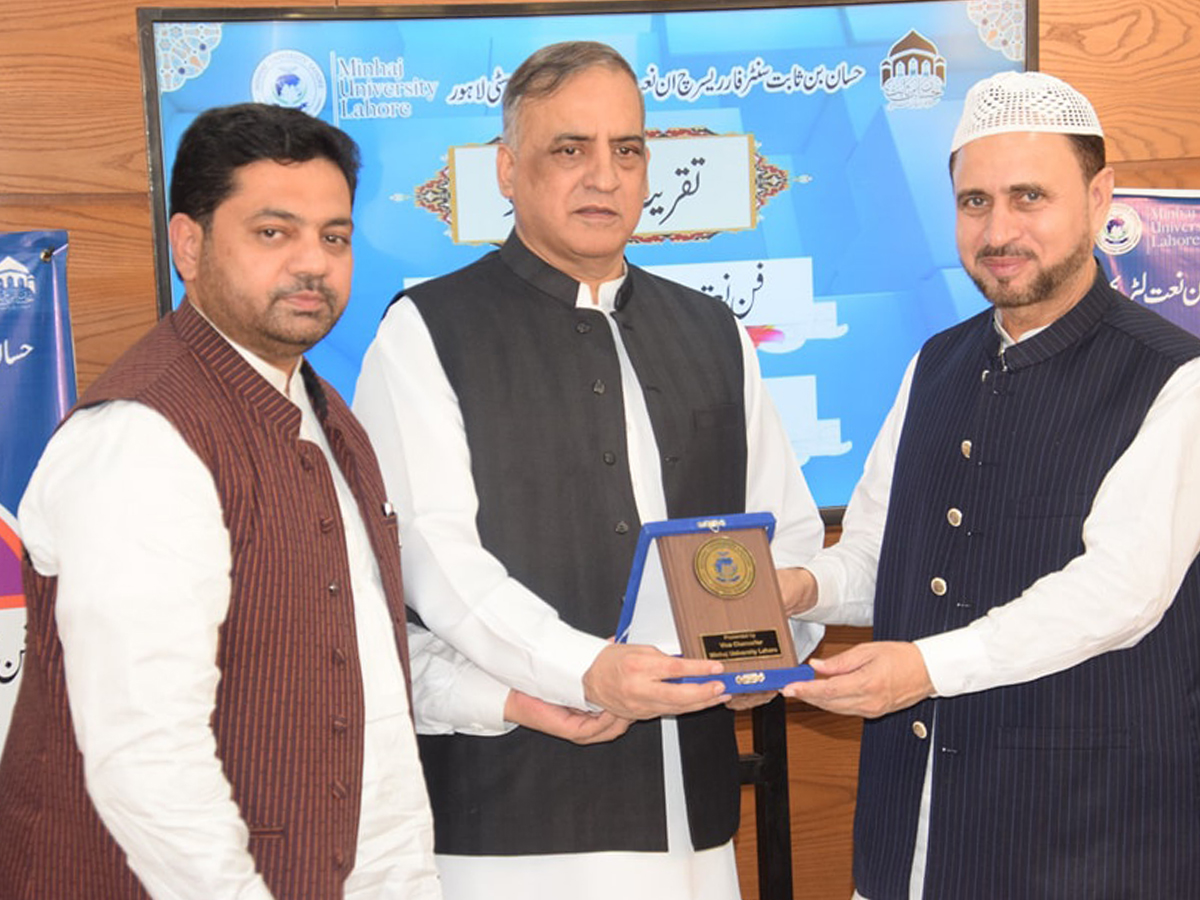-
Calligraphy: The study of Arabic calligraphy, an integral component of Islamic art, focuses on the development of various scripts, their historical significance, and the cultural context in which they evolved. Researchers investigate the styles, techniques, and religious symbolism behind the exquisite art of Islamic calligraphy.
-
Architecture: Islamic architecture is renowned for its distinctive features, such as; intricate geometric patterns, ornate tilework, and awe-inspiring domes. Research in this area delves into the evolution of Islamic architectural styles, regional variations, and the fusion of local traditions with Islamic principles.
-
Pottery and Ceramics: Islamic pottery and ceramics exhibit an array of intricate designs and vibrant colors. Researchers explore the techniques, trade routes, and cultural influences that shaped the development of pottery and ceramics across different Islamic civilizations.
-
Textiles and Carpets: Islamic textiles and carpets are celebrated for their exceptional craftsmanship and captivating designs. Studies in this area examine weaving techniques, decorative motifs, and the social significance of textiles in Islamic societies.
-
Metalwork: Islamic metalwork encompasses a diverse array of objects, from decorative plates to exquisite weaponry. Research explores the metallurgical processes, decorative techniques, and historical contexts of Islamic metalwork.
-
Miniature Painting: Islamic miniature painting is characterized by its delicate details and portrayal of religious, historical, and literary themes. Scholars investigate the techniques, iconography, and cultural influences behind this unique form of art.
-
Woodwork: Islamic woodwork exhibits intricate carving and craftsmanship, often adorning religious buildings and palaces. Researchers studying this area explores the regional variations, symbolism, and historical significance of Islamic woodwork.
-
Illuminated Manuscripts: The study of illuminated manuscripts focuses on the art of embellishing handwritten texts with intricate designs and vibrant colors. Researchers delve into the techniques, themes, and cultural contexts of these precious artifacts.
-
Glasswork: Islamic glasswork showcases exquisite craftsmanship, including intricate patterns and delicate designs. Studies in this area examine the technology and aesthetics of Islamic glass production.
-
Interdisciplinary Studies: Some researchers explore the intersections between Islamic arts and other fields such as science, literature, philosophy, and theology. These interdisciplinary studies shed light on how Islamic arts were influenced by and, in turn, influenced various aspects of society and culture.


